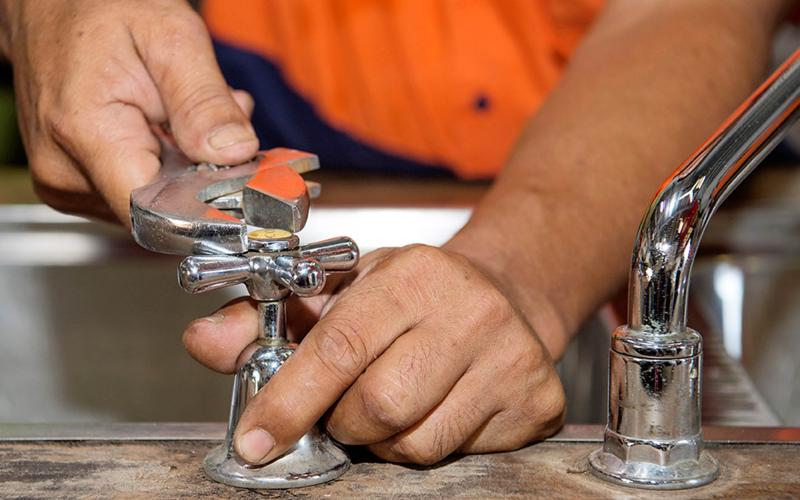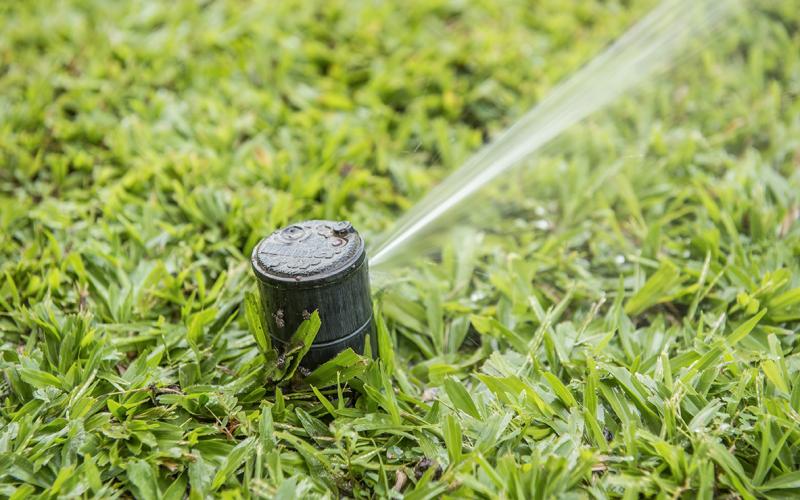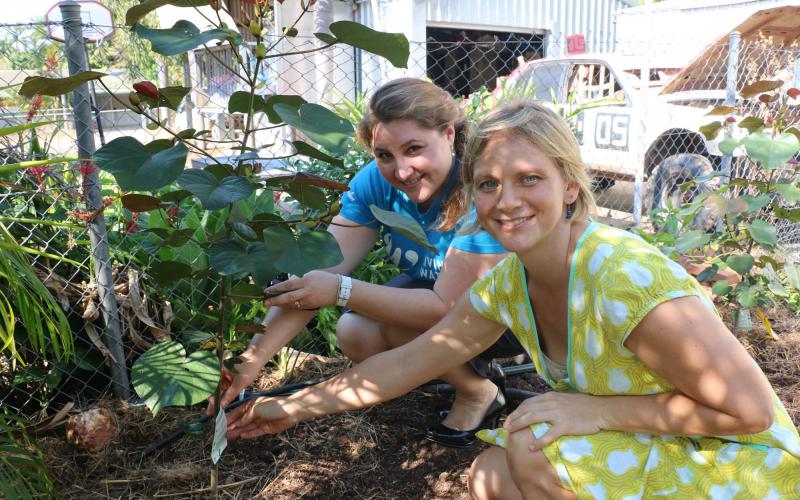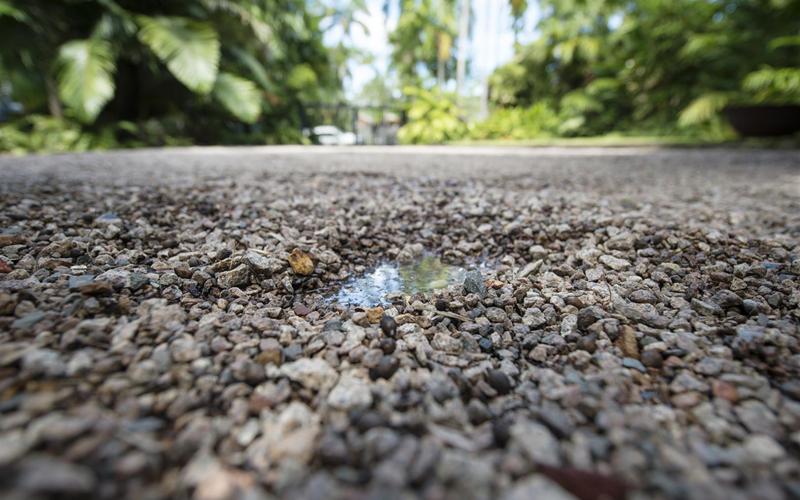Private Water Mains
Do you have a Private Water Main? If so, you may have recently received a letter from Power and Water letting you know that a data logger has been installed on your Private Water Main. Find out more below.
What is a Private Water Main?
Before 1996, it was possible for rural property owners to connect to town water via a Private Water Main (also known as a ‘banjo’ or ‘spaghetti’ connection) through the Agreement for Supply of Water to the Darwin Rural Area.
This servicing arrangement involved individual metering of town water at a manifold connected to Power and Water’s water mains, with private water pipes transporting water from the meter to the property, which could often be hundreds of metres away. As part of the Agreement, Power and Water is responsible for infrastructure up to and including the water meter, and infrastructure past the meter is the landowner’s responsibility.
Why do I have a Private Water Main?
Originally, in order to access town water at the Power and Water manifold, landowners installed infrastructure which ran from their property to Power and Water water mains. They did this as there was often limited or no access to ground water on their land. Whilst no new Private Water Main connections have been approved by Power and Water since 1996, there are 280 remaining in the Darwin rural area.
What are some of the issues with having a Private Water Main?
Private Water Mains often extend for hundreds of metres from the metering point to the customer’s property. Pipes can cross underneath public roads and in some instances neighbouring private properties. Due to the length of the pipes, their aging condition and their often remote or inaccessible location, leaks in this infrastructure may occur and can go undetected for long periods. This can result in high water bills and wastage of water. It is the landowner’s responsibility to locate and repair leaks in these private pipelines, however Power and Water would like to work with landowners to assist in leak identification, better monitor leaks and help reduce the likelihood of high water bills, and to help save water in the Darwin region.
What is Power and Water doing to help?
Power and Water understand that for a customer with a Private Water Main connection, finding and fixing leaks can be a time consuming and costly activity. To help, Power and Water, through its Living Water Smart program, is investing in the installation of data loggers which will monitor water use and help to identify potential leaks.
What is a data logger?
A data logger records water use in real time and enables the identification of unusual spikes above your normal daily use and suspicious constant flow which could suggest a leak. Making use of smart technology, the logger records continuous water consumption electronically and logs this data. The data is then transmitted regularly to a central point to allow Power and Water to recognise ‘out of the ordinary’ water patterns such as leaks.
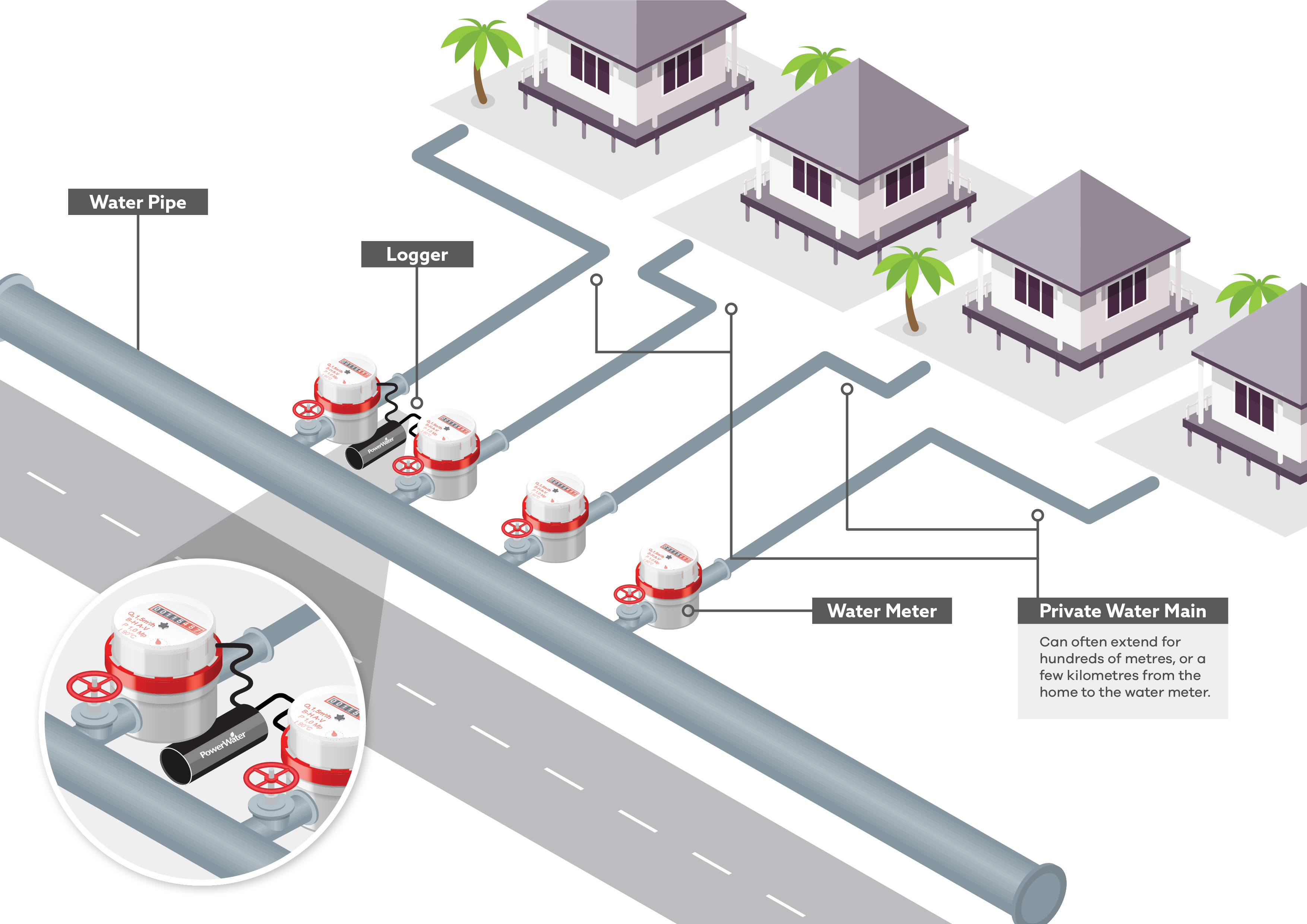
What if I am just watering my garden?
Higher water use activities in the home, such as regularly irrigating the garden, won’t be recognised as an ‘out of the ordinary’ pattern as it is not continuous water use. However when there is a leak, the logger will show continuous use which is recognised as a suspected leak.
Can I check for signs of leaks myself?
Yes of course. If you suspect a leak, it is in your own interest to find and fix it as soon as possible. A meter leak check is an easy DIY test you can do at any time. Aim to check for leaks regularly. Set yourself a reminder, such as when you water bill arrives.
- Make sure there is no water being used in your home.
- Go to your water meter and watch for any movement on the dial. Wait 5-10 minutes. Smaller leaks will take longer to show.
- Did you meter move?
- Yes. Try to find and fix the leak yourself or call a local plumber.
- No. Fantastic! Check for leaks regularly to make sure it stays this way.
What signs should I look out for?
• Green or soggy patches in your lawn
• Damaged irrigation systems
• Dripping taps and shower heads
• Leaking toilets – you can check this by putting food dye in the cistern and seeing if it ends up in the bowl.
How will I know if the data logger records a leak?
Power and Water will run regular reports to see if there is abnormally high water use, if so it will be recognised as a leak. Property owners will be alerted to a suspected leak by Power and Water.
To receive an alert, please ensure your details are up to date with our Customer Service Centre. You can call them on 1800 245 092 or send an email to customerservice@powerwater.com.au.
Can I monitor my own water use via the Logger?
Living Water Smart is in the process of developing a web-portal that will enable you to log in and view your own water use patterns, which will show you abnormally high water use pointing to a suspected leak. Living Water Smart will notify you once the web-portal is ready, and you will have the opportunity to opt in and receive a login to this portal. There will be no cost to participate.
Do I need to do anything now?
No. Over the next few weeks, Power and Water will be installing the data loggers at the metering points. You may notice it as a small black attachment. Please don’t attempt to remove or adjust the data logger as it is owned by Power and Water and tampering could result in charges for replacement.
There is no requirement for you to be at home during installation of the data logger, your water won’t be disconnected and there will be no change to your water bill.
Does the installation of the logger cost me anything?
No. Power and Water are installing the data loggers to Private Water Main connections at no cost to the customer.
Why is it important to repair leaks (other than to save me money)?
In Darwin we currently use more water than can be captured and supplied in the long term. The aim of installing data loggers is to help you identify water leaks and wastage, put you in control of your daily water use, and to help the community reduce water consumption.
Who do I contact to report a problem?
You can call Power and Water on 1800 245 092 or send an email to customerservice@powerwater.com.au.

